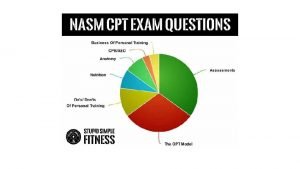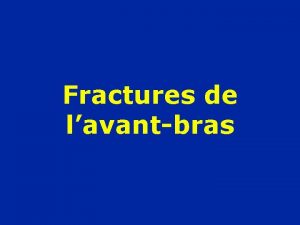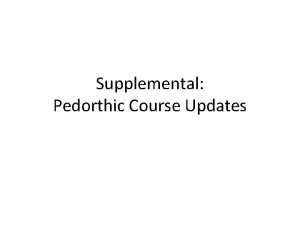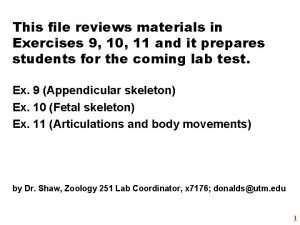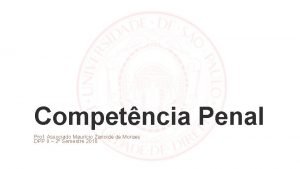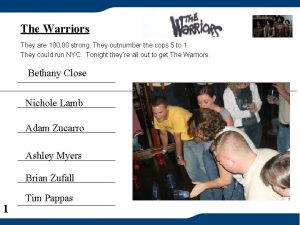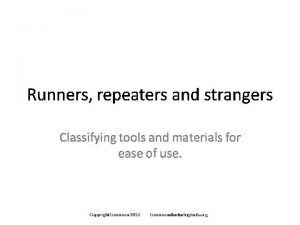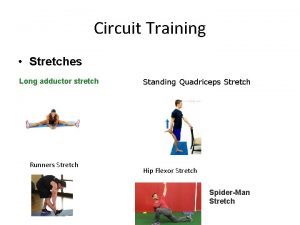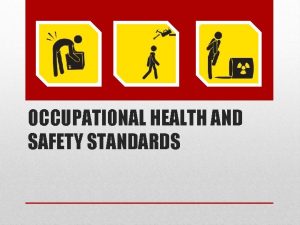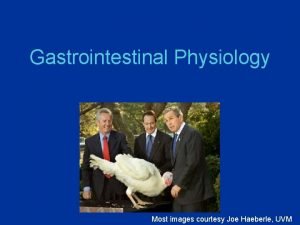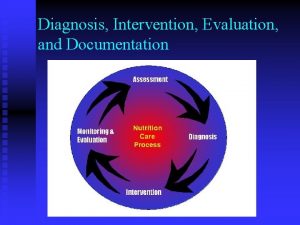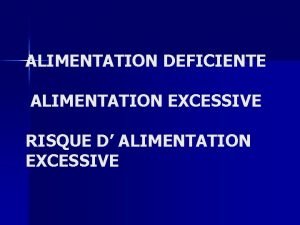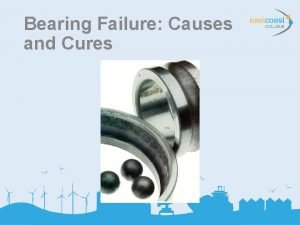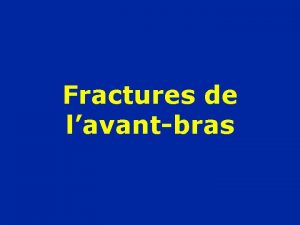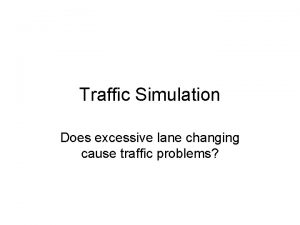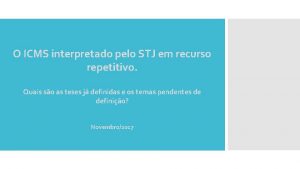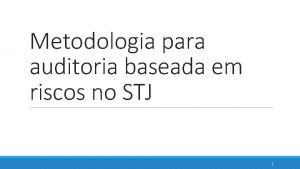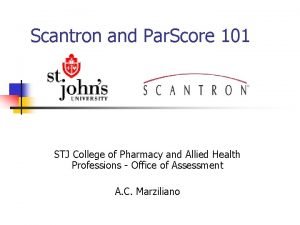In runners does excessive STJ pronation compared to

































- Slides: 33

In runners, does excessive STJ pronation compared to normal STJ pronation increase risk of lower extremity musculoskeletal injury? Inservice by Kellie Adams

Review ankle anatomy and biomechanics in order to understand motions involved at each joint during pronation Objectives Apply running requirements for active duty soldiers to the prevalence of ankle and foot injuries in active duty soldiers List the main causes of excessive pronation in order to understand the mechanism of foot posture Associate/dissociate pronation and running injury based on available research in order to treat patients with up-to-date evidence based practice

Question: In runners, does excessive STJ pronation compared to normal STJ pronation increase risk of lower extremity musculoskeletal injury?

Ankle Anatomy: Bones of the foot

Ankle Anatomy: Regions of the foot

Ankle Anatomy: Talocrural Joint

Ankle Anatomy: Subtalar Joint

Ankle Anatomy: Transverse Tarsal Joint

Ankle Anatomy: Metatarsophalangeal joints

Ankle Anatomy: Ligaments

Ankle Biomechanics: Planes and Axis

Ankle Biomechanics: Pronation & Supination Pronation: Dorsiflexion, eversion, abduction Supination: Plantarflexion, inversion, adduction

Tight Calf Muscles Common causes of excessive pronation 1: Proximal Control Posterior Tibialis Weakness Forefoot Varus

Running Requirements in United States Army Physical Fitness Test requirements involve a timed 2 mile run Time limits are based on gender and age group Typical Physical Training (PT) involves a 4 mile run, 3 times per week

Rates of Ankle and Foot Injuries in Active-Duty U. S. Army Soldiers, 200020062 Purpose: to quantify acute ankle and foot injuries over time and identify high risk categories of ankle and foot injuries Data obtained from Total Army Injury and Health Outcomes Database (TAIHOD) to identify number of soldiers in the army from 2000 -2006 and Patient Administration Systems and Biostatic Activity agency for clinical encounters in military medical care facilities Rates were stratified by sex, age, military rank classification, educational attainment, marital status, length of active duty service, existence of at least 1 ankle foot injury in the previous 2 years, race

Rates of Ankle and Foot Injuries in Active-Duty U. S. Army Soldiers, 200020062 During 2000 -2006, 221, 393 soldiers were seen for at least 1 ankle foot injury 71% ankle injuries 42% foot injuries Higher prevalence of ankle foot injuries: Female <30 years old Enlisted Less than a high school education Shorter length of active duty service Strongest risk factor = record of ankle foot injury within the previous 2 years

Clinical tool aimed at classifying foot posture into pronated, neutral, and supinated Foot Posture Index (FPI)3 Used by many studies due to simplicity and single quantifiable result Positive values indicate a pronated foot posture Negative values indicate a supinated foot posture Neutral foot = 0

Patient stands in double leg stance position for measurements Foot Posture Index (FPI)3 Clinical criteria: Talar Head Palpation Supra- and infra- lateral malleolar curvature Calcaneal frontal position Bulging in region of talonavicular joint Height and congruence of medial longitudinal angle Abduction/Adduction of the forefoot on the rearfoot Total score will be a number between -12 and +12

Foot pronation is not associated with increased injury risk in novice runners wearing a neutral shoe 4 1 year prospective cohort study 927 healthy adults age 18 -65 (1854 feet) Purpose: to investigate if running distance to first running related injury varied between foot postures in novice runners wearing neutral shoes Hypothesis: the running distance at first injury will not vary across different foot postures in a neutral running shoe Classifications included highly supinated, neutral, pronated, highly pronated based on foot posture profiles created for each runner based on Foot Posture Index

Foot pronation is not associated with increased injury risk in novice runners wearing a neutral shoe 4 Participants were required to wear the same neutral shoe for running and a GPS watch Participants uploaded their training data to an online personal training diary to track running distance Participants decided when and where to run with no restrictions on distance, duration, and intensity


Foot pronation is not associated with increased injury risk in novice runners wearing a neutral shoe 4 Results Pronated feet sustained significantly fewer injuries per 1000 km of running than neutral feet Runners with excessive pronation or supination were not significantly more likely to get hurt than runners with neutral foot motion Among runners who ran at least 600 miles over the first year, injury rates were slightly higher among runners with neutral feet than those with excessive pronation Injury frequency was lowest for the foot position between 7 -10° pronated

Foot pronation is not associated with increased injury risk in novice runners wearing a neutral shoe 4 Strengths: Prospective study Large sample size (n= 927) All participants wore the same neutral running shoe Weaknesses: Relatively low number of participants in the highly pronated group (18) and highly supinated group (53) In this study, neutral foot posture defined as 0 -7 on FPI, pronated group was defined as 7 -10, highly pronated defined as >10 FPI value 0 -4 is generally considered a reasonable normal range and >4 is considered pronated This study eliminated participants that were wearing inserts or orthotics from participating

Association between foot type and lower extremity injuries: Systematic Literature Review with Meta-analysis 5 Purpose: provide an evidence based summary on whether foot type is associated with the incidence of lower extremity injuries Secondary purpose: to identify the most appropriate method of assessing foot type Included cross-sectional, case-control, and prospective study designs (29 studies used) Quality of each study was assessed by two reviewers and scored 0 -6. Only studies >3 were included in the meta-analysis

Association between foot type and lower extremity injuries: Systematic Literature Review with Meta-analysis 5 Results High arch or flat foot classification, when compared to a neutral foot classification, is associated with increased lower extremity injuries OR= 1. 23 95% CI: 1. 11 -1. 37 p <0. 001 Review favored the use of the Foot Posture Index

Association between foot type and lower extremity injuries: Systematic Literature Review with Meta-analysis 5 Strengths: Meta-analysis Significance was set at p <0. 05 for all analyses Weaknesses: Databases were searched by a single reviewer, leading to possible bias Demographics of a lot of subjects were highly active participants- active duty military personnel and competitive/amateur athletes No search limits were used for the year of publication- some studies were outdated

Cross sectional prospective study Impact of foot type on cost of lower extremity injury 6 Purpose: determine relationship between Foot Posture Index and medical costs associated with lower extremity musculoskeletal injury 668 active duty service members participated Foot posture was determined by using the Foot Posture Index Data about medical costs, diagnostic codes, and RVUs were obtained from the military healthcare database

Results Impact of Foot Type on Cost of Lower Extremity Injury 6 336 out of 668 subjects sought medical care for lower extremities during the study period of 31 months, with 243 seeking care for injuries at or distal to the knee Greater rate of knee injuries for those with a highly pronated foot type (p= 0. 017) or those with a pronated or highly pronated foot type (p=0. 011) compared to those with a neutral foot type Individuals with pronated feet resulted in significantly more healthcare visits

Impact of foot type on cost of lower extremity injury 6 Strengths: Large sample size Prospective study Weaknesses: Sample size in highly supinated and highly pronated was relatively low

Conclusion Based on the studies presented here and other studies of poor quality that I came across in my research, as well as my own previous knowledge, my conclusion is that ankle pronation may increase risk of running injury More quality, up-to-date research is required in order to form a more definitive conclusion

Questions?

1. References Payne C. The nonsensical understanding of 'overpronation'. Running Research Junkie. February 2013. http: //www. runresearchjunkie. com/the-nonsensicalunderstanding-of-overpronation/. Accessed June 7, 2018. 2. Wallace RF, Wahi MM, Hill OT, Kay AB. Rates of Ankle and Foot Injuries in Active-Duty U. S. Army Soldiers, 2000– 2006. Military Medicine. 2011; 176(3): 283 -290. doi: 10. 7205/milmed-d-10 -00098. 3. Redmond AC. , Crosbie J. , Ouvrier RA. Development and validation of a novel rating system for scoring foot posture: the Foot Posture Index. Clinical Biomechanics 2006, 21: 1; 89 -98

4. Nielsen RO, Buist I, Parner ET, et al. Foot pronation is not associated with increased injury risk in novice runners wearing a neutral shoe: a 1 -year prospective cohort study. British Journal of Sports Medicine. 2013; 48(6): 440 -447. doi: 10. 1136/bjsports 2013 -092202. 5. References Tong JW, Kong PW. Association Between Foot Type and Lower Extremity Injuries: Systematic Literature Review With Metaanalysis. Journal of Orthopaedic & Sports Physical Therapy. 2013; 43(10): 700 -714. doi: 10. 2519/jospt. 2013. 4225. 6. Teyhen, D. S. , Nelson, L. A. , Koppenhaver, S. L. , Honan, L. K. , Mc. Kay, A. E. , Young, A. R. , & Christie, D. S. (2013). Impact of foot type on cost of lower extremity injury. NATO Science and Technology Symposium, Milan, Italy.
 Kinetic chain checkpoints
Kinetic chain checkpoints Bois vert fracture
Bois vert fracture Course pronation
Course pronation What structure is highlighted
What structure is highlighted Stj
Stj Stj
Stj Stj dr ne demek
Stj dr ne demek Superconducting tunnel junction
Superconducting tunnel junction Stj
Stj Stj
Stj Stj foto
Stj foto Stj budi santoso
Stj budi santoso Sumula 90 stj
Sumula 90 stj Sumula 90 stj
Sumula 90 stj Vitality runners
Vitality runners Bow street runners definition
Bow street runners definition Theodore roosevelt contribution to forensic science
Theodore roosevelt contribution to forensic science Van cortlandt rangers
Van cortlandt rangers Pronto plate lithography
Pronto plate lithography Runners repeaters strangers
Runners repeaters strangers Adductor stretches for runners
Adductor stretches for runners Why do runners breathe heavily after a sprint race
Why do runners breathe heavily after a sprint race Underfill weld
Underfill weld Excessive acid production
Excessive acid production Benign neoplasm of ovary d27 artinya
Benign neoplasm of ovary d27 artinya Anorexia and stomach ulcers
Anorexia and stomach ulcers Refers
Refers Diabetes pes statement
Diabetes pes statement Excessive acid production
Excessive acid production Peptic ulcer
Peptic ulcer Heliobactor
Heliobactor Excessive drinking by county
Excessive drinking by county Nutrition pes statement examples
Nutrition pes statement examples Excessive subordination
Excessive subordination
